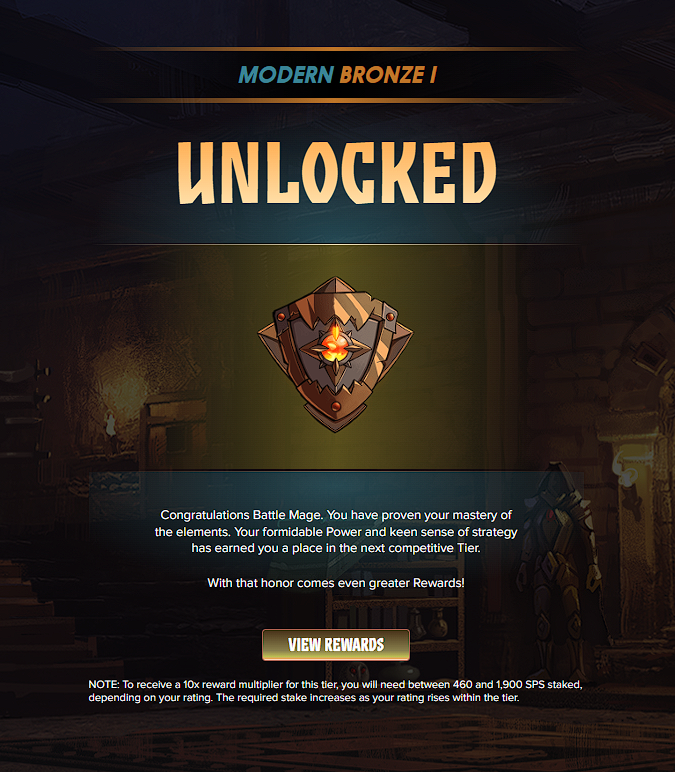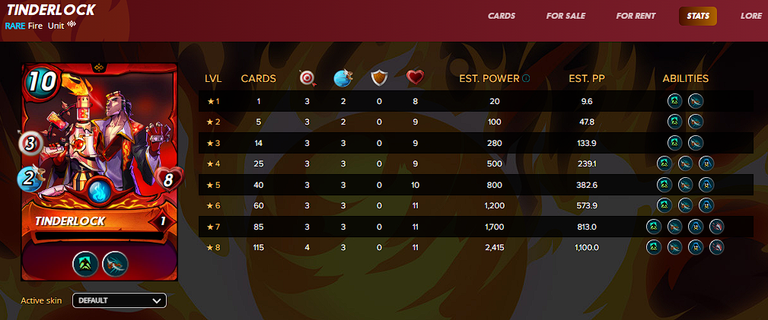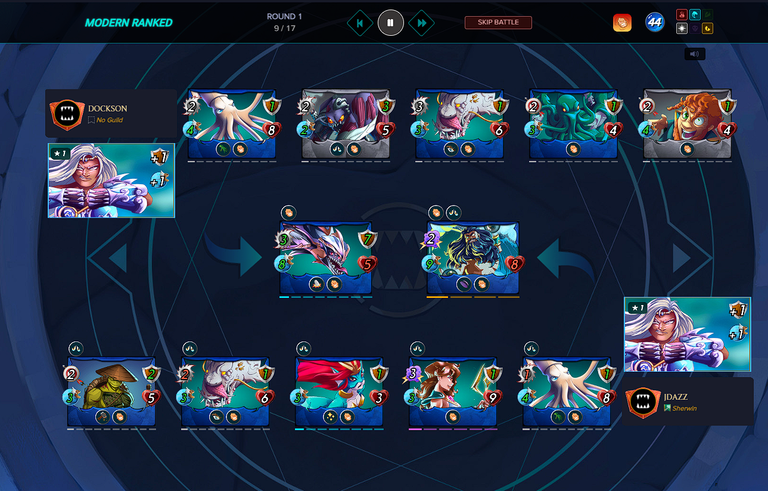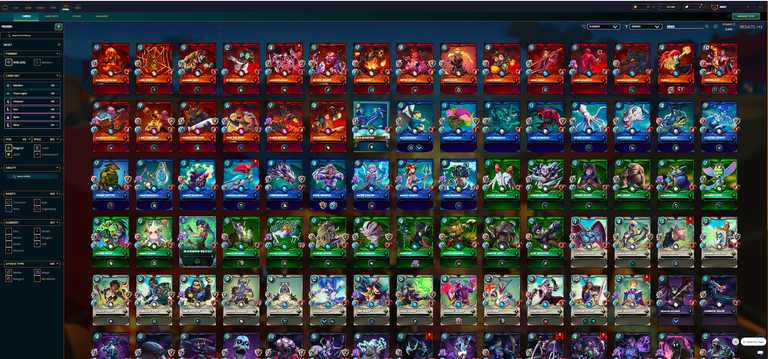Title: My First Time Playing Splinterlands: A Newcomer’s Experience in the World of Digital Cards
As someone who enjoys strategy games and has always been fascinated by the concept of blockchain, I finally decided to take the plunge into Splinterlands, a digital collectible card game that combines the thrill of TCGs (Trading Card Games) with blockchain technology. I’ve been hearing a lot about it lately, and I wanted to see for myself what all the hype is about. Here’s my journey as a first-time player.

What is Splinterlands?
In a nutshell, Splinterlands is a collectible card game where you build a deck of cards and battle against other players. The catch? Each card is a unique NFT (Non-Fungible Token) on the Hive blockchain, meaning you truly own your cards. It’s a play-to-earn game, where you can earn rewards like cryptocurrency and NFTs by simply playing. The more strategic you are, the better your chances of earning valuable rewards.

Starting My Adventure: Signing Up and Getting My First Cards
The process of getting started was surprisingly easy. I signed up through the official Splinterlands website, created my account, and was immediately introduced to the world of digital cards. They gave me a starter deck, which was a great way to get my feet wet. It felt like any other card game I’ve played before, but with the added bonus of knowing that my cards had actual value outside the game.
One thing I appreciated was the smooth onboarding experience. As someone who’s not entirely familiar with blockchain, I was worried that the complexity would overwhelm me. However, the game’s interface is clean and intuitive, making it easy to learn as I went.

Understanding the Gameplay: Building My Deck
The core of Splinterlands is the card battle system. You assemble a team of cards (a combination of monsters and summoners), and once you’ve selected your cards, the battle is automated. You can’t control the monsters during the battle, but the way you strategically place them in your lineup can have a huge impact on the outcome.
Each card has its own stats, such as health, attack, and special abilities, so figuring out the best way to assemble your deck is key. The game encourages you to think about synergies between cards — some summoners enhance certain types of monsters, while others may work better in certain conditions.

One cool aspect of Splinterlands is that you can upgrade cards over time, which gives you an incentive to play more and improve your deck. The more you play, the better your cards become, and it felt rewarding to see my collection grow and improve.
The Thrill of the Battle
Once I got the hang of building a deck, I started jumping into battles. I’ll admit, at first, I wasn’t sure what to expect. Would I get absolutely destroyed by seasoned players, or could I pull off a few victories? To my surprise, I managed to win a couple of matches early on, even though I was still learning the ropes.
The battles are automatic, but there’s still an adrenaline rush watching your cards face off against another player’s deck. Every turn is filled with anticipation — will your strategy pay off, or will your opponent’s cards overwhelm you?

It’s a lot of fun and quite addictive, especially when you realize that winning battles rewards you with DEC (Dark Energy Crystals) and other in-game assets. These rewards are the game’s currency and can be traded or sold in the marketplace, giving the game a whole new dimension beyond just winning or losing.
The Blockchain Element: Earning and Owning Cards
As someone new to blockchain, the concept of owning my cards felt a bit surreal at first. Unlike traditional card games where you own the physical cards (or sometimes not even that), in Splinterlands, every card is a unique asset stored on the blockchain.

This ownership aspect is pretty cool because it means you can buy, sell, or trade cards in the marketplace, just like any other cryptocurrency or NFT. If you get a rare card or a high-level monster, you could sell it for real money (or other cryptocurrencies). Of course, I’m still getting the hang of this, but the possibility of earning real-world rewards is an exciting prospect that traditional games don’t offer.
Joining the Community
What really stood out to me about Splinterlands was the supportive community. I joined their Discord, where players from all around the world share tips, strategies, and experiences. There’s a wealth of knowledge, and I could tell that the players genuinely enjoy helping newcomers like me understand the nuances of the game. From discussing battle strategies to trading cards, the community felt welcoming and friendly.
Final Thoughts: Is It Worth Playing?
If you enjoy card games, strategy, or even the concept of NFTs and blockchain, then Splinterlands is absolutely worth checking out. It’s a game that combines classic TCG elements with new-age technology, and it does so in a way that’s both fun and rewarding. The learning curve isn’t steep, and there’s always room for improvement as you play.
In my first few days, I’ve already experienced the excitement of battling, collecting cards, and earning rewards. I’m excited to see where this journey will take me, and I hope you’ll join me in the world of Splinterlands too. Whether you’re here for the strategy, the community, or the potential to earn, there’s something for everyone.
So, fellow gamers, let’s battle and collect our way to victory!

'The soul becomes dyed with the color of its thoughts' - Marcus Aurelius | Mind power 🎨
You only look human. Unlock your super powers. Aquarius Academy 🐬